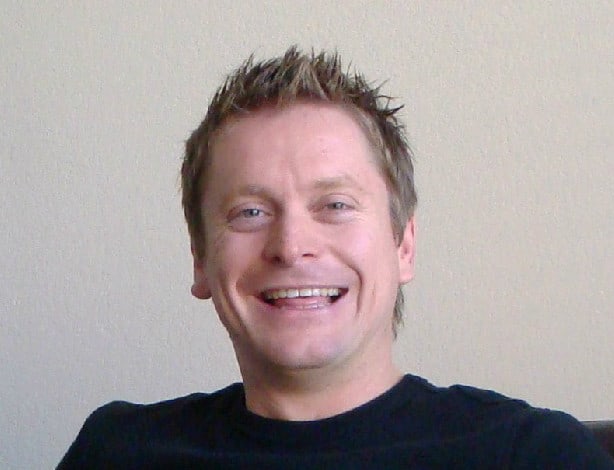 Last week I received an email from podcast listener ‘HB’:
Last week I received an email from podcast listener ‘HB’:
“I follow your podcasts regularly and love them. I just finished listening to your latest piece with Bruce. It was incredible!
I have worked with Artificial Intelligence (AI) for quite sometime in the field of water sciences, more specifically in large scale hydrologic modeling. The kind of skepticism that Bruce expressed about ANNs and in general blackbox AI models to generate trading signals is also quite frequently expressed in hydrology.
His bit on the usage of AI based techniques to filter trading signals, thus using them as a postprocessor really resonated with me… This is how we incorporate AI techniques in flood forecasting models.”
Thanks for sharing HB!
I always find it interesting to hear how techniques from other industries can be applied to trading, and another one that really stood out to me was mentioned in podcast episode 7, with Rob Hanna from Investiquant.
In that episode, Rob shares a technique called ‘Ensemble Systems’, which Rob explains:
“…it’s actually what the National Weather Center does here in the US and all around the world for predicting weather. They use many, many systems with slight changes, slight iterations to predict and they take those averages and that creates the best, most accurate view of what’s most likely to happen.”
How can that be applied to trading?
Rob continues:
“…if you use multiple systems and then look at kind of the averages of what those systems are saying you are better off than any singular system.
So from a trading perspective, if you have seasonality strong and you’ve got bullish evidence from price and volume too, you’re much better off than if you’re just looking at one thing, you’re just trying to trade seasonality, you’re just trying to trade price and volume. ..
If you’re struggling or you need to improve your system methodologies, consider creating a couple of simple ones. These systems are not overly complicated that I’m using in my ensembles but they’re very conceptually different, which means they’re very lowly correlated. They don’t really trigger at the same time, there’s no unifying theme in them that makes them trigger at the same time, which is why they work so well…
You’re getting lowly correlated systems to confirm each setup. When that happens, you’re going to have much, much better results.”
Trading ideas and inspirations are everywhere, so keep an eye out for them, even in industries outside of trading.
Cheers,
Andrew.
PS. If you’re looking for new ideas and inspirations to create breakout trading strategies, check out this FREE report on ‘7 Proven Tips To Build Profitable Breakout Strategies Fast’
Released:
26 March 2018

